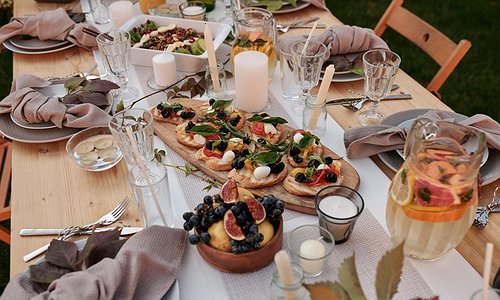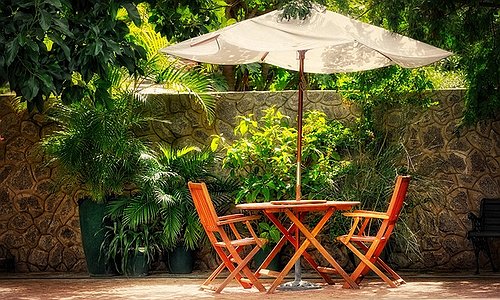The art of the roosterkoek: a bread that built a region

In towns throughout the Karoo, the smell of smouldering wood mingles with the unmistakable aroma of freshly grilled roosterkoek, the simple bread that has, for generations, nourished farmworkers, travellers, and festivalgoers alike.
This humble bread roll, cooked over open flames, has become a symbol of resourcefulness and the enduring spirit of the Karoo.
A tradition born of necessity
The origins of roosterkoek are deeply tied to the Karoo’s harsh environment and farming history. With long distances between farms and supply stores, communities had to make do with what they had.
Bread baked over coals became a practical solution for feeding workers during shearing seasons and long days in the veld. Unlike loaves that required ovens, roosterkoek needed only a fire and a grill, making it ideal for the itinerant lifestyle of early farmers.
Locals often recall how their parents and grandparents would prepare batches of dough early in the morning. As the sun climbed over the Swartberg mountains, the bread would be grilled on wire grids set over glowing embers. Served hot with farm butter, apricot jam, or a thick slice of cheese, roosterkoek filled bellies and fuelled labour.
A unifying presence at gatherings
Today, roosterkoek remains a beloved feature of Karoo life. In Prince Albert’s Saturday market on Church Street, visitors can watch vendors expertly turn the rolls until they are golden brown, their smoky scent drawing queues of eager buyers.
The bread’s presence at festivals, such as the Prince Albert Olive Festival or the regional platteland food fairs, highlights its role in celebrating Karoo cuisine. No braai feels complete without the comforting crackle of dough meeting fire.
At family gatherings and community events, roosterkoek serves as a reminder of shared heritage. For many, learning to make it is a rite of passage. Children knead dough alongside their elders, absorbing not just technique but the value of patience and tradition.
The bread’s simplicity means it can accompany anything from lamb chops to curried beans, making it versatile and universally loved.
While roosterkoek’s method of preparation has changed little over time, innovative cooks are finding fresh ways to honour and evolve the tradition. Some add wild rosemary or crushed coriander seeds to their dough, drawing inspiration from the Karoo’s fragrant fynbos. Others are experimenting with sourdough bases or using heritage wheat grown on smallholdings outside their town.
A bread for modern times
In recent years, the rise of slow food movements and the global interest in regional baking has drawn new attention to roosterkoek. Tourists visiting the Karoo seek out authentic food experiences, and roosterkoek often tops their list.
Karoo eateries and guesthouses now routinely include it on breakfast and dinner menus, pairing it with local cheeses, preserves, and Karoo lamb. Its popularity also reflects a broader appreciation for handmade, honest food in an era of mass production.
For many in the Great Karoo, roosterkoek is more than just a meal. It is part of their identity, as much a feature of the landscape as the dusty roads and windpumps that dot the plains. With each piece grilled over an open fire, the region’s history is kept alive.




